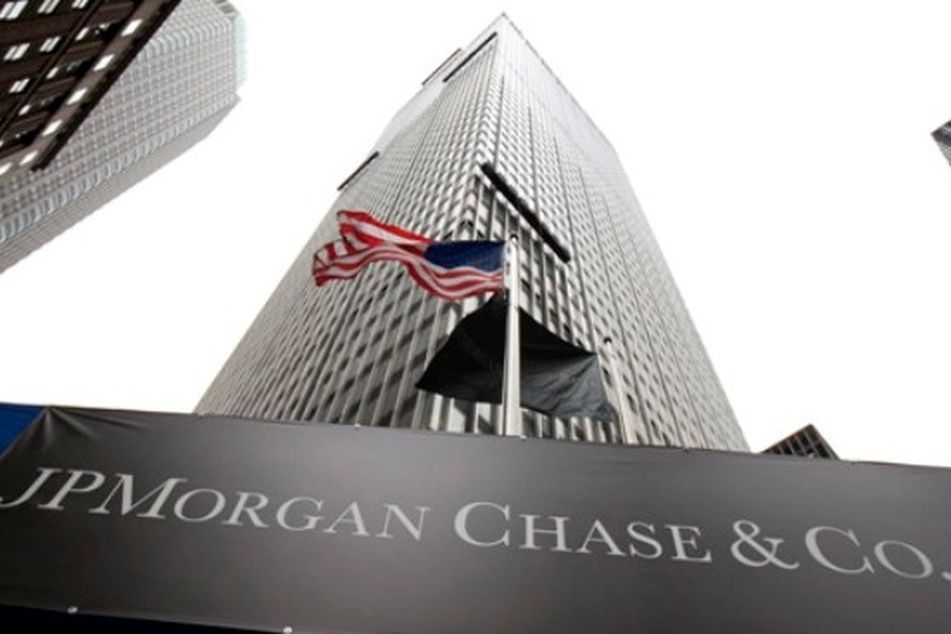For inflation protection, this JPMorgan fund doesn’t allocate only to TIPS

A third of this JPMorgan fund is invested in real estate investment trusts, commodities and inflation-sensitive equities, including metals, mining and infrastructure.
A hedge against inflation is difficult to make without an imminent threat of inflation, but cyclical economic patterns suggests one can never be too careful when it comes to portfolio protection.
This is the logic behind the JPMorgan Diversified Real Return Fund Ticker:(JRNSX), launched a year ago as a strategy designed to outperform the Consumer Price Index by between 3% and 5% over three- to five-year market cycles.
The fund of funds portfolio targets an absolute return, regardless of where inflation is, by allocating to multiple inflation-linked asset classes.
Two-thirds of the portfolio is invested in a combination of Treasury inflation-protected securities, core fixed-income overlaid with CPI swaps, and some cash.
The remaining third of the portfolio is invested in real estate investment trusts, commodities and inflation-sensitive equities, including metals, mining and infrastructure.
“According to our research on inflation, some asset classes will lead an inflation cycle, some will lag and some will correlate,” said portfolio manager Maddi Dessner.
“The first thing we wanted to do was to take a diversified approach so you will always have something that’s working,” she added.
Relying solely on a popular inflation hedge like TIPS, for example, can expose investors to risks associated with interest rates, duration and mark-to-market pricing issues “that don’t have anything to do with inflation,” Ms. Dessner said.
TIPS, as measured by the BarCap U.S. TIPS Index, gained 13% last year, but that was largely driven by the rally in Treasuries, according to Ms. Dessner.
“It’s been a fairly unusual year with TIPS performing the way they did,” she added. “TIPS will suffer in a rising-rate environment just like any other fixed- income instrument.”
While inflation might not be the biggest worry facing most investors, Ms. Dessner pointed out the potential of rising oil prices and a tripling of the size of the central banks’ balance sheets over the past seven years as fuel for the next inflationary cycle.
“We’re starting to see an uptick in unit labor costs, there’s unrest in the Middle East and we’ve got rising oil prices,” she said. “These are all things that have a tendency to spur inflation.”
From the start of the year, the fund is up 3.6%, which compares with an average return of 4.9% for the moderate-risk category as tracked by Morningstar Inc.
Portfolio Manager Perspectives are regular interviews with some of the most respected and influential fund managers in the investment industry. For more information, please visit InvestmentNews.com/pmperspectives.
Learn more about reprints and licensing for this article.








